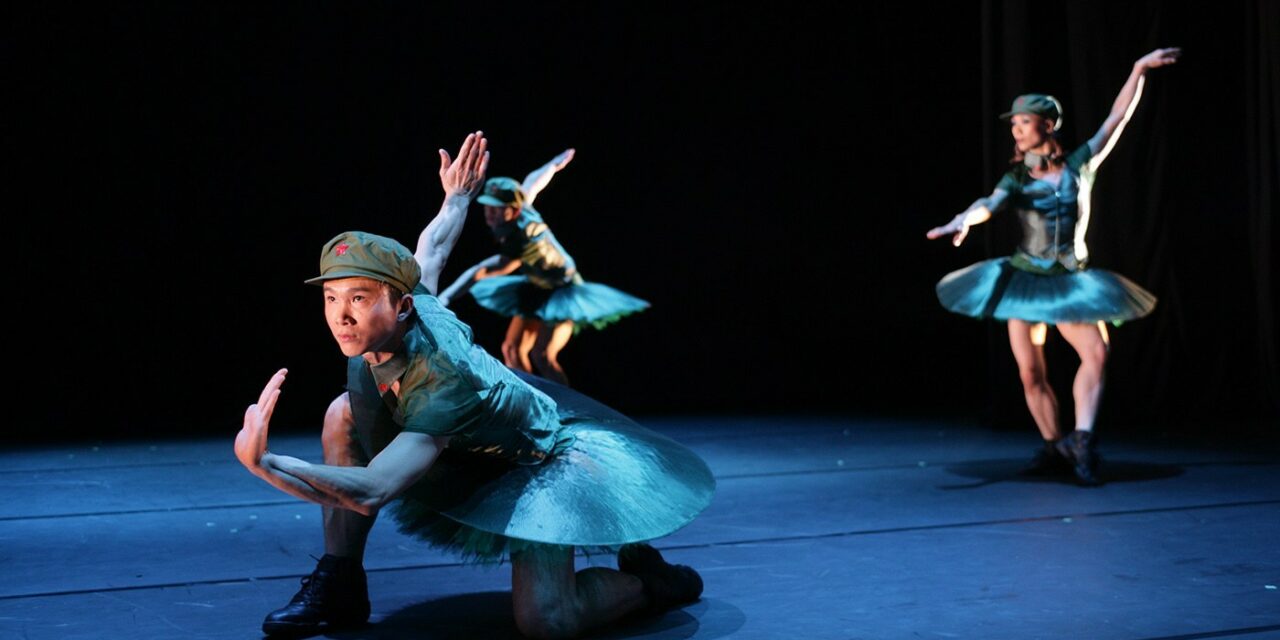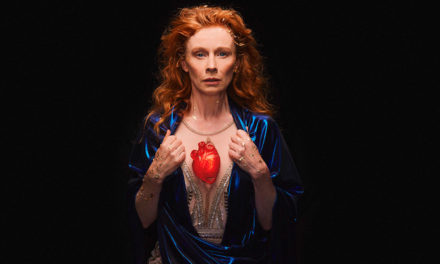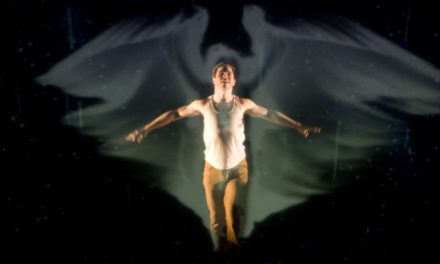If anyone is responsible for Hong Kong’s contemporary dance scene, it’s Willy Tsao. Forty years ago, he persuaded his family to give him HK$500,000 and the use of some unneeded factory space in Wong Tai Sin to launch Hong Kong’s first modern dance troupe, City Contemporary Dance Company. He has run the company ever since, creating more than 60 works along the way, and building it to a size where it’s counted among Hong Kong’s “big nine” government-supported performing arts groups, alongside such heavyweights as Hong Kong Ballet, the Hong Kong Philharmonic Orchestra and the Hong Kong Dance Company.
But in early October, Tsao announced he would be leaving CCDC to start a new dance company, HongKongDance/FLSH, aimed at fostering the development of dance across China. “I decided to quit so I can devote more time to do projects that I’m really interested in – modern dance exchange programs between Hong Kong and mainland China,” he says. His separation from CCDC will be all but total. He will remain as an adviser to the company, helping it transition to a new artistic director, but will no longer be involved in any decisions about the company’s artistic or business affairs.
Tsao’s involvement with dance in mainland China is nothing new. As early as the mid-1980s, less than half a dozen years after setting up CCDC, he was teaching dance students in Guangzhou and Beijing. In 1992, he began formally splitting his time between Hong Kong and the mainland after helping to found China’s first professional modern dance group, state-backed Guangdong Modern Dance Company (GMDC).
He ran GMDC for two spells. First, until 1999, when he left after clashing with officials over the group’s artistic direction, and then again from 2004 to 16. He filled the six-year gap in the middle by working as artistic director for another state-owned, Beijing Modern Dance Company, leaving after its director falsely accused him of stealing funds.
In 2005, after a change in government rules allowed for the establishment of private arts groups, he started China’s first independent contemporary dance company, BeijingDance/LDTX. He has remained with the company ever since as artistic director and organizer of its Beijing Dance Festival, co-presented with CCDC every summer for the last twelve years.
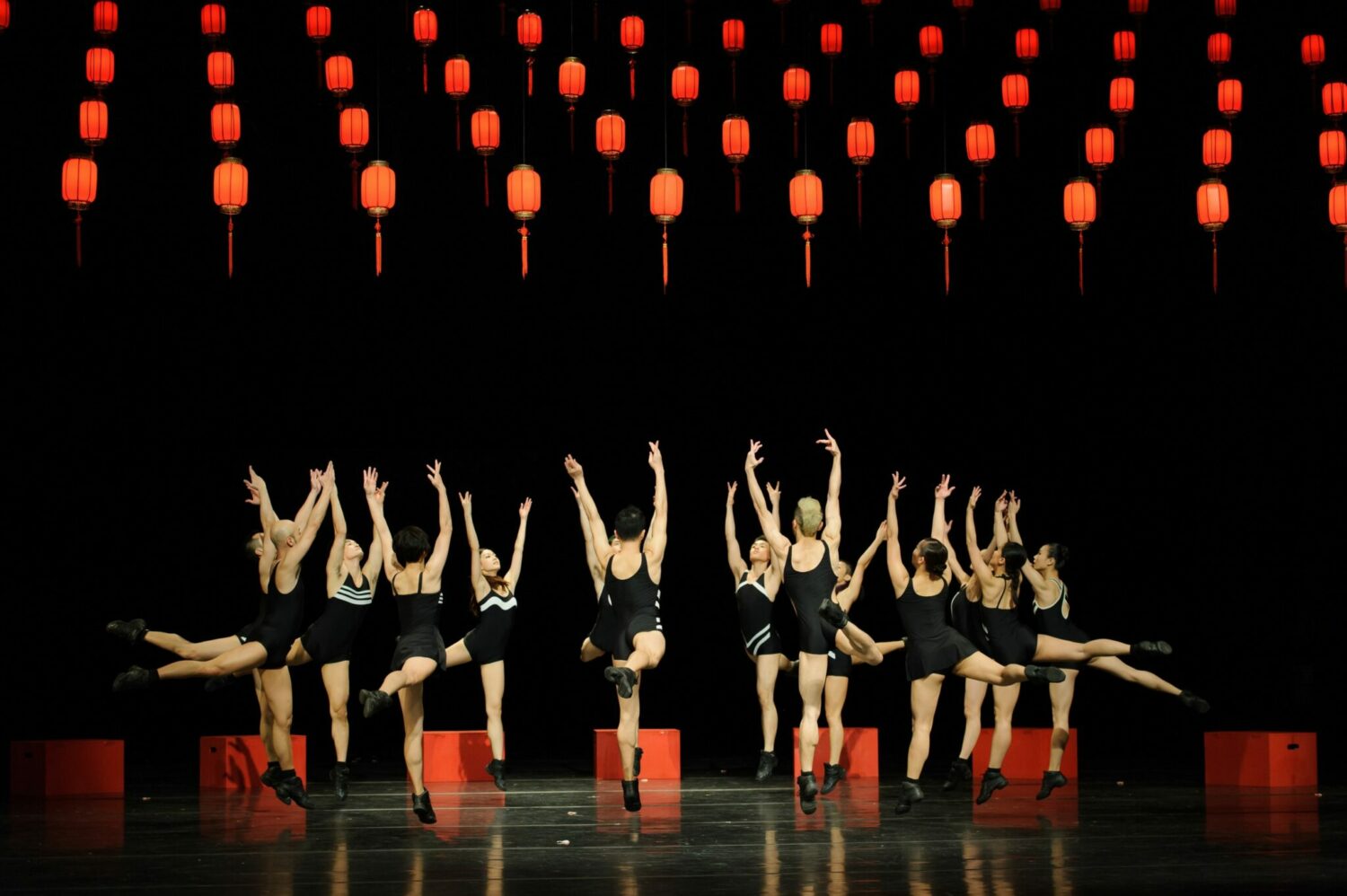
In Search of the Grand View Garden by Willy Tsao. Photo by Conrado Dy-Liacco
More recently, Tsao has spent the last two years rolling out a network of nearly forty “China Dance Stations” in cities across the country – places where dancers can perform, organize workshops, hold talks and share resources. “They’re all run by young people and independent institutes. We don’t give them money or prizes or whatever, just encourage them to develop things of their own,” he says.
Tsao has worked long enough in China to have witnessed a sea change in the government’s view of contemporary dance. “30 years ago, officials were very skeptical,” he says. “The concept of modern dance was alien to China, as was the idea of promoting individuality or allowing contemporary comment on social situations.” Now, in contrast, cultural officials actively support his work. “They realize it’s important to have cultural exchange and send works representing China to international festivals,” he says.
Tsao acknowledges the authoritarian turn that China has taken under Xi Jinping and the effect this has had on culture and the arts. “For written things, in the film industry, on the internet – things are very sensitive,” he says. But contemporary dance, protected by its more abstract nature, has largely remained unaffected. “For shows, of course, we have to go through official application procedures, but usually they just say send us the tape, and as long as we don’t have nudity, a Taiwanese flag, and so on, then that’s okay.”
He also expects that, over time, China will become a more open society. “The general trend of China is moving towards a kind of internationalism,” he says. “It’s part of showing how China is developing – that it’s not just about [what’s happening in] technology, but also about art and culture.”
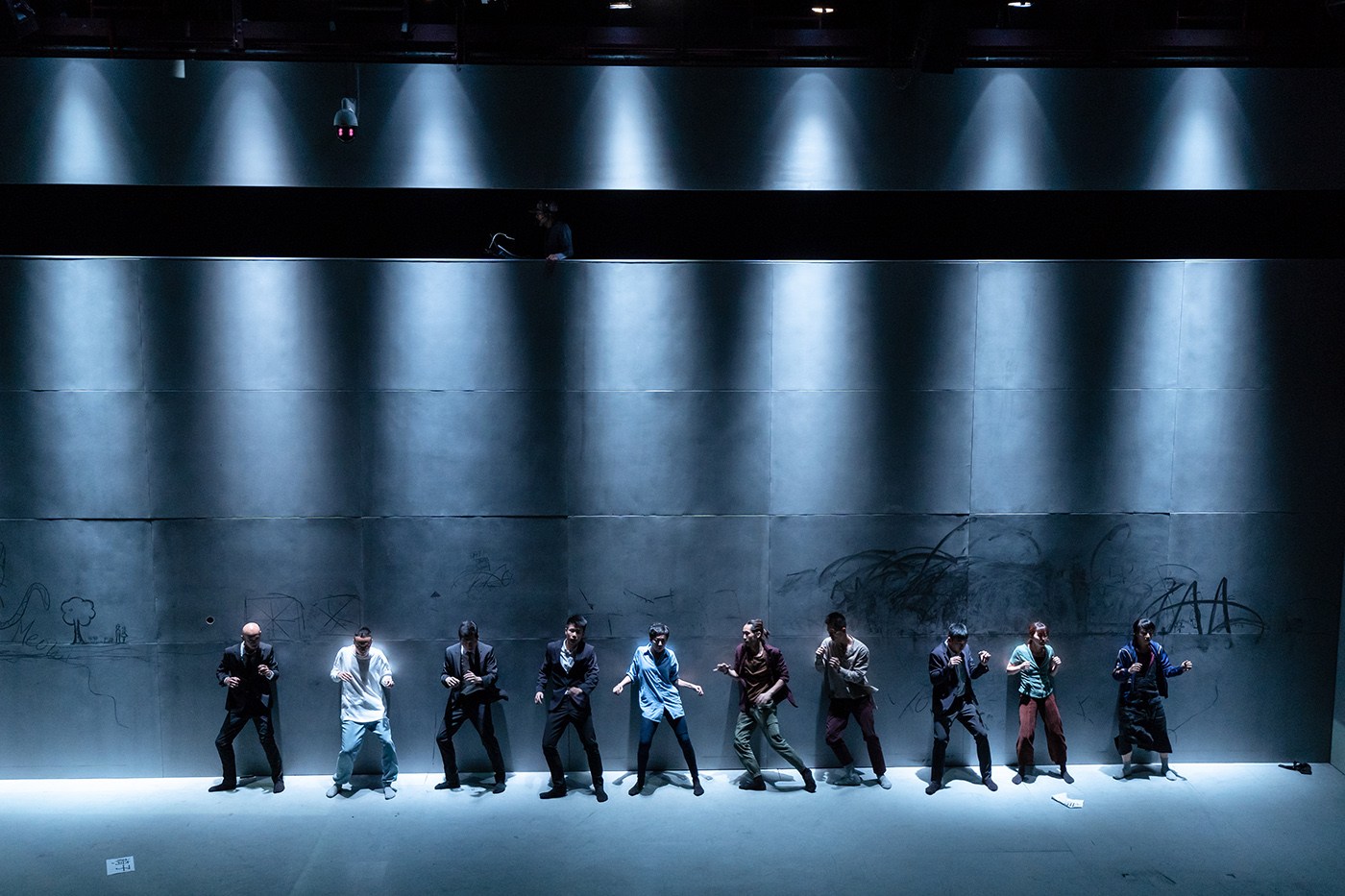
Mr. Blank by Sang Jijia. Photo by Hong Yin Pok Eric. Image courtesy CCDC.
Tsao’s creative philosophy centers on individuals and their response to their times and environment. “Contemporary dance is about ideas – it’s a philosophical thing. [People] look at works and say ‘I don’t understand’, because they want to see something tangible. But contemporary dance is about individuality, about contemporary thinking, about creativity. Every piece is different. And only the largest heart can see it, can sense it.”
For Tsao, this calls for going beyond your comfort zone. “The artistic impulse needs to be pushed. It needs a lot of restless energy,” he says. “With contemporary art, you have to be honest to yourself. You’re not here to prove that you’re Chinese or from Hong Kong or wherever. You’re here to express yourself, and that expression is based on what you feel about society, what you feel about the situation, the time,” he says.
That also means Tsao is far more excited by what’s taking place in other parts of China than what’s happening in Hong Kong. From a cultural standpoint, the growth of government support for the arts and the founding of bodies such as the Arts Development Council over the last few decades have given many people the chance to build a career. But Tsao feels the absence of risk has made Hong Kong a less interesting place to work in than it was three or four decades ago.
“When people graduate from the [Academy of Performing Arts], they think they can automatically have a stage to present their work – ‘We don’t need to be adventurous. We can wait, apply for some money from the government and then perform the piece at a festival in Europe or Australia,’” he says. “They aren’t thinking should we do something anywhere that’s not so comfortable to access, that doesn’t already have a market.
“Young people [in Hong Kong] still have this kind of idea that they want to keep what they used to have. For me, that’s just a reflection that they don’t want to change, that they always want to be this privileged group of people, enjoying a kind of Western value system,” he says.
When Tsao founded CCDC, Hong Kong’s circumstances times were very different. “During the 80s and 90s, in the run-up to 1997, there were a lot of identity issues for artists to investigate. No one knew what was really going on. What exactly was Hong Kong? Were we really Chinese? Were we British? Or something else?”
For him, 1997 was a crucial turning point: “Would this capitalistic city fall into communist hands and what would be the consequences? Were you afraid or were you not afraid? All these things became part of our concern and our art creation. There was so much to talk about. That was a very exciting time to do contemporary art in Hong Kong.”
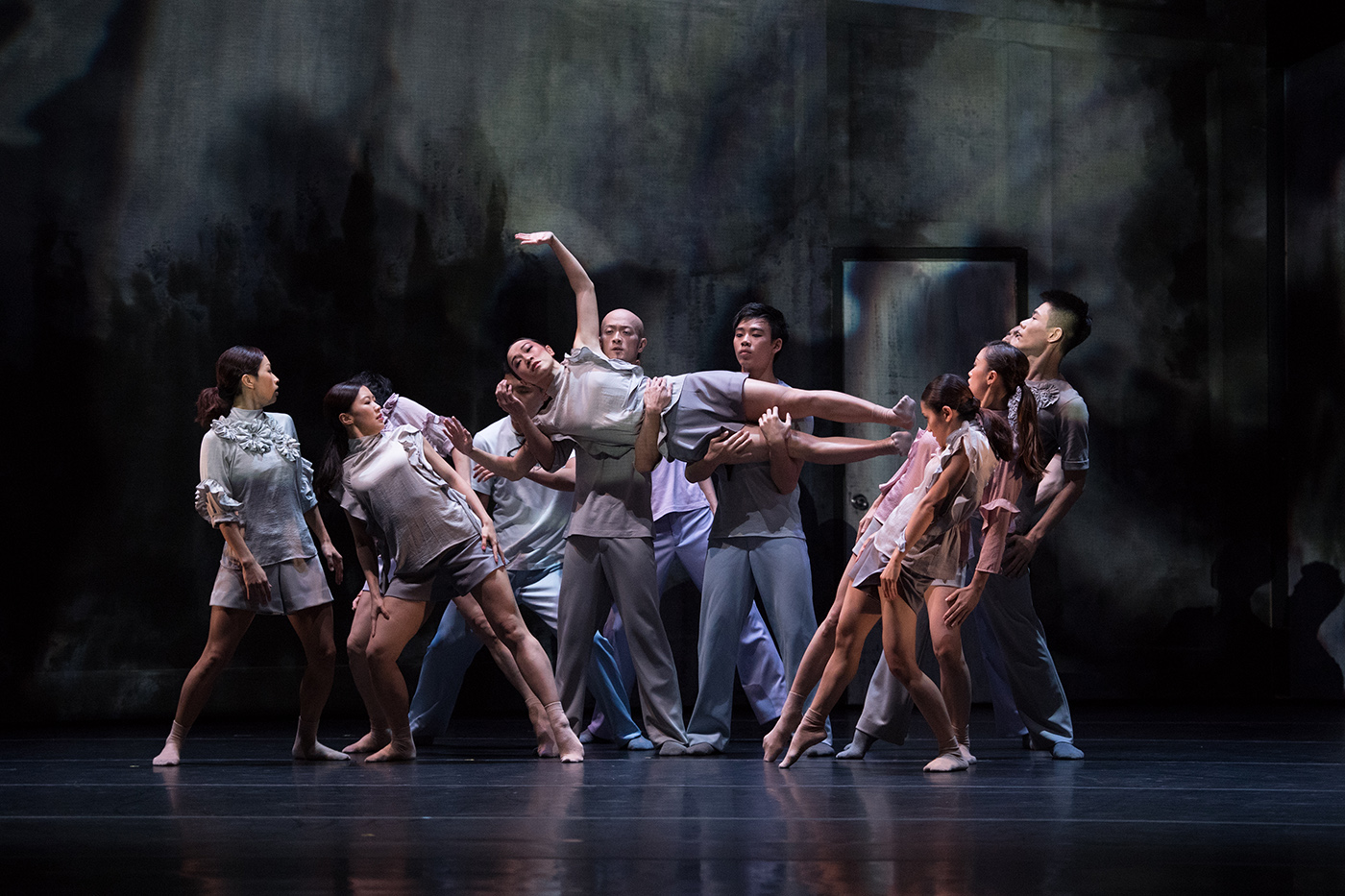
Leaving Living Choreographed by Noel Pong. Photo by Conrad Dy-Liacco.
But once Hong Kong’s rulers had negotiated the terms of the handover, Tsao’s interest switched to the mainland and its far bigger pool of possibilities. “When you come to see culture, you need to think big. You don’t want to close the door and think of a city of seven million people – a big city, but not when compared to 1.3 billion people,” he says. “For me, the culture of Hong Kong must eventually merge into the bigger one of China. That’s inevitable,” he says.
Instead, for Tsao, too many people in Hong Kong—especially it’s young—remain wedded to its pre-handover past. “Whenever I come back to Hong Kong, it’s like it’s still 1997. It hasn’t changed so much. The way in which we are living has stopped at a certain moment.”
He says he has been “disappointed” by this summer of protests, particularly because he is convinced that embracing China doesn’t mean Hong Kong has to surrender its identity. “Tianjin, Beijing, Wuhan, Shanghai – each is different if you look carefully,” says Tsao. But he does acknowledge that Hong Kong still has an edge over those other places, “because we are the most modernized and the most open. Young people in China, when they think of contemporary arts, contemporary dance, they still look to Hong Kong as a leader, seeing it as having freedom to do things.”
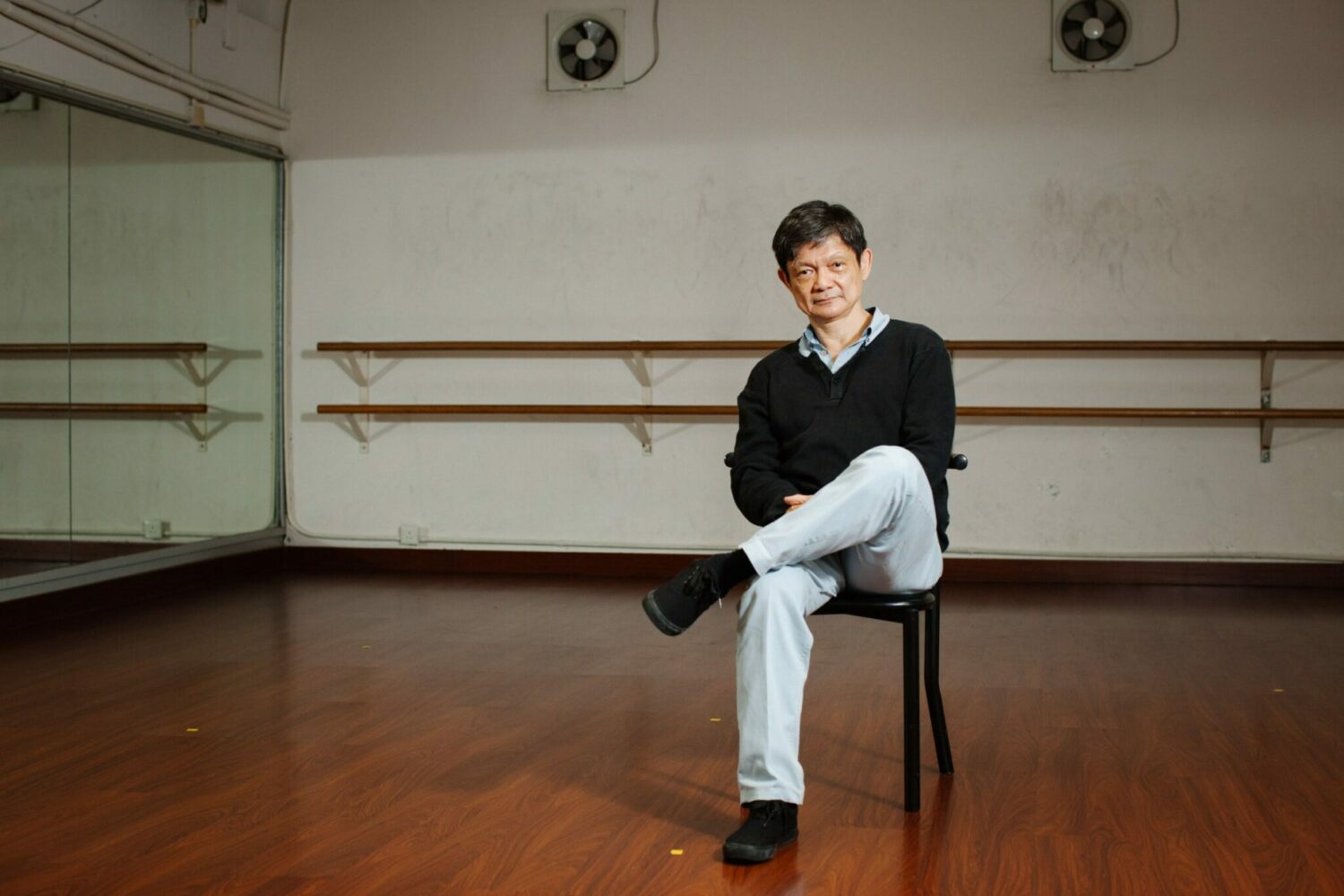
Willy Tsao. Photo by Viola Gaskell for Zolima CityMag.
Although Tsao turns 65 next year, he has no plans to retire. As well as his new company, he is continuing his work with BeijingDance/LTDX and also working on a new show of his own about Han Dynasty historian Sima Qian, the latest in a series of pieces about figures from Chinese history that’s due to be staged in 2020.
Tsao is a hugely respected figure in Hong Kong dance circles. His record as an artist alone would assure that, though his biggest contribution will likely turn out to be the institutions he has nurtured and the opportunities they have created up for others. But if he built his reputation around being a voice of pre-1997 Hong Kong, he sees himself as having moved on since then – and clearly feels that Hong Kong should too.
That might not be a popular message with many people in Hong Kong today, but it’s one that will have to be considered, regardless of how Hong Kong’s current unrest is ultimately resolved.
CCDC’s City Contemporary Arts Festival opens on 16 November and runs until 24 November 2019. For information about BeijingDance/LDTX, click here.
This article was originally posted at zolimacitymag.com and has been reposted with permission. To read the original article, click here.
This post was written by the author in their personal capacity.The opinions expressed in this article are the author’s own and do not reflect the view of The Theatre Times, their staff or collaborators.
This post was written by Simon Cartledge.
The views expressed here belong to the author and do not necessarily reflect our views and opinions.

